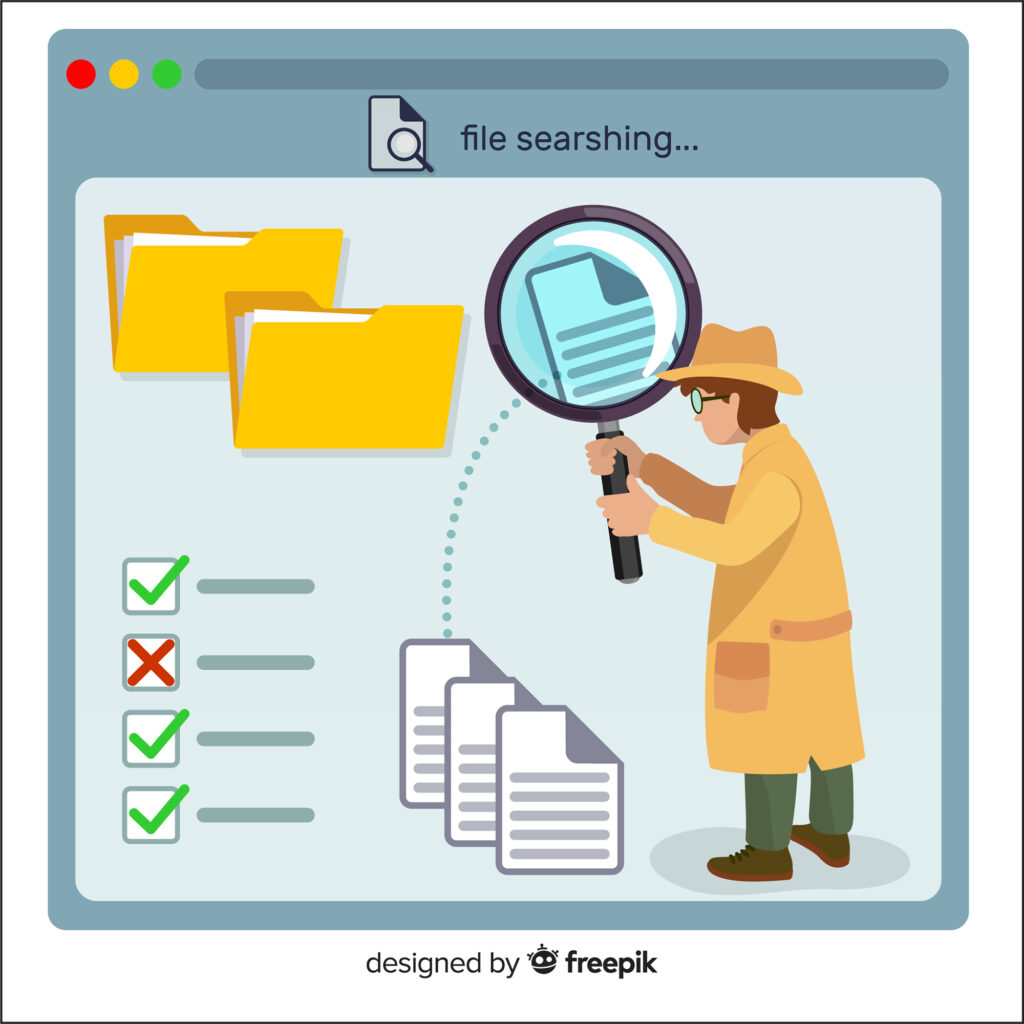Table of Contents

Introduction
The format that is frequently applied for storing and further transportation of data is known as Extensible Markup Language, abbreviated as XML file viewer. The philosophy behind the XML is that it needs to be formatted with carrier data readable by both men and machines. Often web services use XML files in their work and for configuration files, and it is in such cases that handling XML files using the contents is very inefficient when using a simple text editor if large files work or if complex structures are processed.
What is an XML File Viewer?
This is where the XML file viewer comes in. This is much easier and productive particularly if you have a particular tool in mind that is built to interface with an XML file. Year, not only the “accept-a-red-lined-text-file” text editors but actual viewers have syntax highlighting and support tree views, different kinds of validations, and many more.
Everything start-ups ought to know about selecting the right XML File Viewer
The use of XML file viewers is to reduce time consumption, reduce mistakes, and ease extensive operations regarding XML file organization. Here are some reasons why choosing the best XML file viewer is important for start-ups and small businesses.
1. Enhanced Productivity
More often than not, viewers allow for syntax highlighting (elements as well as attributes will be collared), allow for a tree view of the document, as well as contain validators. All these features help to simplify interactions with XML files, so the user’s work can be concentrated on his tasks, not having to align everything himself or switch through large sections of files.
2. Error Prevention
File viewers show users typical mistakes, like missing or placing at the wrong place end tags, wrong position of attributes, or, in general, structural mistakes. If not corrected, above mentioned errors can make the XML data completely unanalysable. A viewer who can also validate the XML file helps to check that the XML file viewer complies with XML standards at some point in the process.
3. Integration and management of Resources
Both start-ups and professionals have to focus on efficient instruments for teamwork. XML viewers are useful for the teams that track projects that utilize XML as a configuration language, message exchange format, or content middleware. Graphic display of XML files is easily provided by most XML file viewer which helps team members to see the hierarchy of the particular XML file that is been worked on.
What One Should Consider When Choosing an XML File Viewer
Some of the things that a person has to consider while choosing an XML file viewer
However, before getting an XML viewer, the following factors should be taken into consideration to get the right one. Here are some of the key features that you should look for:
1. Syntax Highlighting
This is a feature that helps in allocating the various shades to the elements, attributes, and others that comprise the XML file viewer. This makes them easier to read and when the end tags are missing for instance they can easily be pointed at a glance.
2. Tree View
The tree view is a method that helps to consider the XML file viewer document as a tree-like structure and to study some aspects of its content. That is a very handy feature especially if the BIG or COMPLEX XML files are in question and the user wants to view the relation between two or more elements.
The Best 5 XML File Viewer for 2024
However, this will give the expected view of the XML file, here are the five best XML file viewers for the year 2024.

1. Oxygen XML Editor
Oxygen XML Editor is one of the biggest and most relevant XML editors with a high amount of features. It supports all examples of using XSLT, XQuery, and Schematron XML technologies. It offers a more flexible user view designed for the optimized work of the developers, content authors, and data scientists.
Key Features:
•Editing and Validation: Oxygen offers the possibility to edit and validate in real-time, XSLT transformations, debug, and XPath queries.
•Structured Views: These are the text view which is a plain writing page, the grid view, and an outline view of the page structure.
•Schema Validation: The nature of the XML editor allows users working with schema or DTD, where they are able to check their XML files against the given standard.
2. XML Notepad
XML Notepad is a simple XML file viewer and editor currently available as a free download from Microsoft. It is a very basic tool for browsing XML files and as an editor which is adequate for people who do not need a complex XML editor.
Key Features:
•Easy-to-Use Interface: In general structure, XML Notepad provides a very simple tree structure where the user can go through the whole XML file.
•Basic Editing Tools: It enables the user to edit any of the elements and attributes with a basic text editing application.
•Free: In particular, it is a free one; therefore, users who work with XML files from time to time will be willing to use this tool.
Best for: XML Notepad is most suitable for a person with little or no prior knowledge of XML or a person who only occasionally works with XML documents.
Compatibility: Available for Windows.

3. Notepad++ & Voyager PDF Reader
Sublime Text is a lightweight text editor and can be best described as a universal text editor with extended plugin support. Fortunately by installing XML-specific plugins, one can be able to transform Sublime Text into a powerful tool for viewing and editing XML documents.
Key Features:
•Customizable Interface: With the help of the use of various plugins, XML editing customizations can be supported in either the Sublime Text.
•Advanced Editing Capabilities: The tab, multiple caret control, syntax, and search enhance the rate of working.
•Plugin Support: XML plugins extend functionalities to the Sublime Text by providing features such as tree view and XML validation.
Best For: If you are a developer and you are in need of a versatile text editor that would be able to support several coding dilemmas then the Sublime Text is one of the best tools to opt for when developing an XML.
Price: Available for Test Drive, though to use VI-Start-up the professional license is necessary.
Compatibility: Available for Windows, macros X, and Linux.
4. XML Editor
Edit is an XML editor with a good Interface design with advanced editing capabilities. It also has facilities for performing online validation and previewing of transformations based on XSLT.
Key Features:
•Real-Time Validation: Edit has a feature that provides immediate feedback of mistakes in XML documents.
•Advanced Tools: The editor provides XSLT transformations, XQuery, and Path support.
•XML Formatting: This means that it offers integrated styles that enhance the presentation of the XML file viewer. so that their editing becomes less cumbersome.
Best For: Programmers and authors who require an all-in-one XML editor with real-time validation and additional functions and options, of course.
Price: Trial and commercial versions are available.
Compatibility: Supports Windows, macros, and Linux operating systems.
5. Notepad++
Notepad++ is a text editor that is freely available under the GNU GPL, is lightweight, and comes with a wide selection of plugins available for it. As will be seen when using the XML Tools plugin, Notepad++ turns out to be quite a good tool for inexperienced users to work with XMLs as a viewer and an editor.
Key Features:
•Syntax Highlighting: It contains a syntax coloring feature that makes the document readable The XML Tools plugin is developed.
•Code Folding: This feature enables users to fold several sections within their XML documents in a view that enhances their management of large files.
•Lightweight: Notepad++ is a lightweight editor, so it does not take a long time to load a large XML file.
Best For: Windows users who are in search of a light and standalone software to view and modify XML files through an interface, without the need to pay any amount of money.
Compatibility: Available for Windows.
How to Pick the Right XML File Viewer
In general, I would suggest that one should choose the XML viewer based on his or her XML activities and the level of detailing of the activities. Here are a few factors to consider.

1. Ease of Use
There are XML viewers for professionals and developers, but there are also XML viewers for regular people. Think about how much you wish to work with XML and if you need an easy-to-manage tool or a complicated one.
2. Advanced Features
Are there features specific such as support for the transformation of XML documents using XSLT, validation of documents against XML schema, or use of tools for other developments? If so, head for a viewer that has such features.
3. Compatibility
Take time and evaluate your preferred XML file viewer with the capability to support your OS or other compatible software. Some viewers are capable of working on the Windows and Mac operating systems while others can only function in one of the two systems.
4. Price
Not surprisingly, there are thousands of free XML file viewer; however, the paid XML viewers are more beneficial in most cases. Ask yourself if you should be using a paid tool in what you are doing.
Conclusion
Choosing the right XML file viewer can significantly improve your productivity and efficiency when working with XML files. Whether you need a lightweight, free tool like XML Notepad or a full-featured, professional editor like Oxygen XML Editor, there’s a tool out there to suit your needs. Keep in mind the features that are most important to you—whether it’s ease of use, advanced editing capabilities, or support for large files—and choose the tool that fits your workflow best.
Bottom of Form